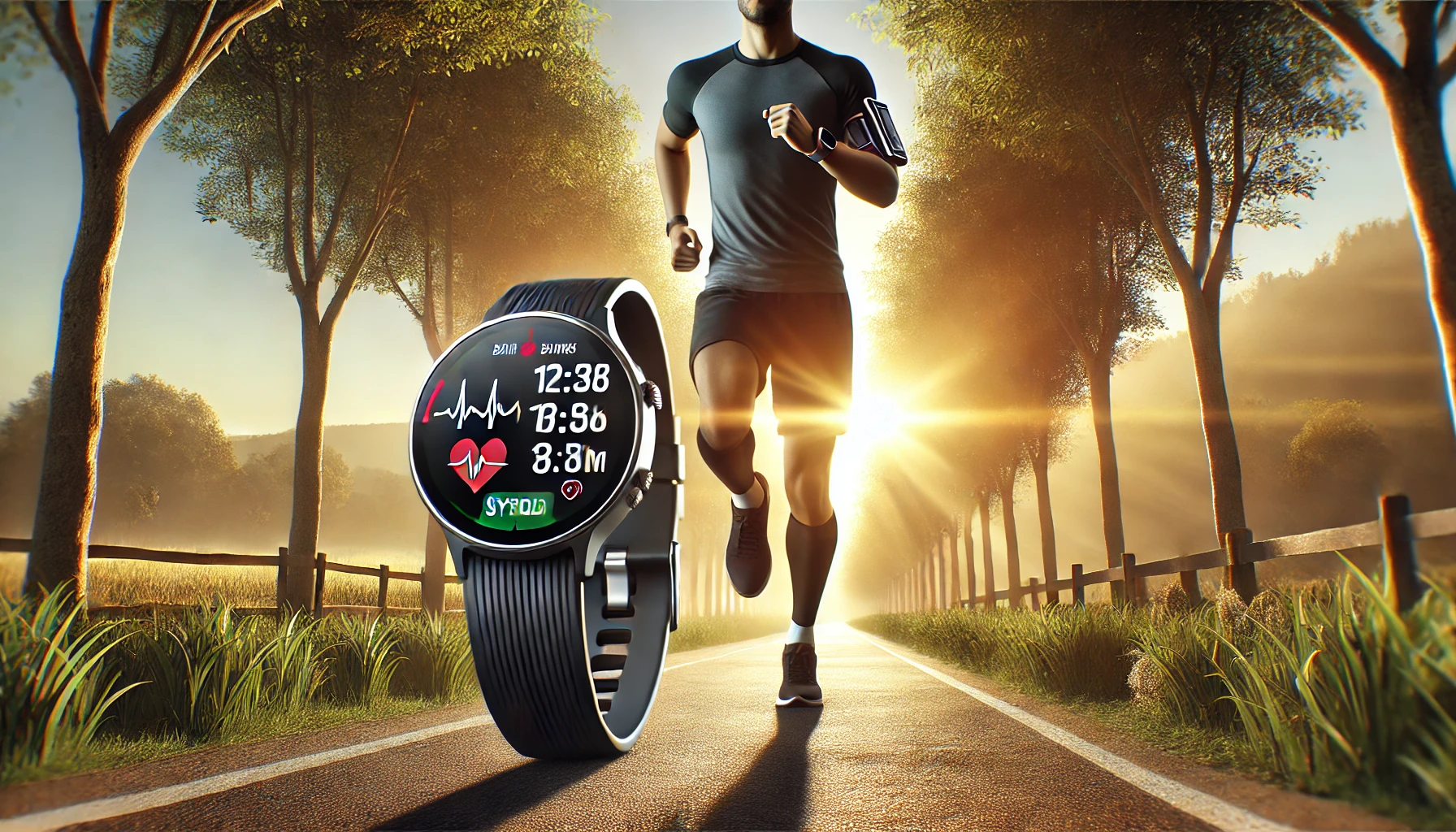Blood pressure, a key indicator of cardiovascular health, significantly influences population health. It reflects the force exerted by circulating blood on the walls of blood vessels and is crucial for maintaining physiological balance. This article explores the Role of Blood Pressure in Population Health, its societal impacts, various management tools, and actionable steps to improve public health.
Why Blood Pressure Matters
Blood pressure is categorized into two readings:
- Systolic Pressure: Measures the force when the heart contracts.
- Diastolic Pressure: Measures the force when the heart rests between beats.
Optimal blood pressure is vital for the following reasons:
- Preventing Cardiovascular Diseases (CVDs): Elevated blood pressure (hypertension) increases the risk of heart attacks, strokes, and kidney failure.
- Economic Implications: Uncontrolled blood pressure leads to increased healthcare costs, affecting economic productivity.
- Longevity and Quality of Life: Proper management improves lifespan and reduces disability-adjusted life years (DALYs).
Blood Pressure in Numbers
- Global Prevalence: Over 1.28 billion adults worldwide have hypertension, with nearly 46% unaware of their condition.
- Economic Burden: Hypertension-related healthcare costs exceed $370 billion annually in the U.S. alone.
- Mortality Rates: High blood pressure contributes to 10.4 million deaths yearly.
Health and Societal Impacts
Uncontrolled blood pressure has widespread ramifications:
- Health Risks: Persistent hypertension damages vital organs, including the brain, kidneys, and heart.
- Societal Impact: It reduces workforce efficiency, leading to economic losses.
- Mental Health Correlation: Stress and anxiety levels correlate with fluctuating blood pressure, further compounding health issues.
Methods to Monitor and Manage Blood Pressure
1. Home Monitoring Devices
- Advantages: Convenient, cost-effective, and user-friendly.
- Limitations: Accuracy depends on proper usage and calibration.
- Example Devices: Omron BP742N, Withings BPM Connect.
2. Clinical Measurements
- Advantages: Highly accurate, with professional oversight.
- Limitations: May not capture daily fluctuations.
- Tools Used: Sphygmomanometers, ambulatory monitors.
3. Wearable Technology
- Advantages: Real-time monitoring, integration with health apps.
- Limitations: Expensive and may require technical knowledge.
- Popular Brands: Fitbit, Apple Watch.

| Method | Cost | Ease of Use | Accuracy | Suitability |
|---|---|---|---|---|
| Home Monitoring | $$ | High | Moderate | Daily use |
| Clinical Measurements | $$$ | Moderate | High | Periodic check-ups |
| Wearable Devices | $$$$ | High | High | Tech-savvy individuals |
Practical Advice for Blood Pressure Management
-
Adopt a Balanced Diet:
- Incorporate potassium-rich foods like bananas and spinach.
- Reduce sodium intake to less than 2,300 mg per day.
-
Regular Exercise:
- Engage in 150 minutes of moderate aerobic activity weekly.
- Examples: Brisk walking, swimming, or cycling.
-
Stress Management:
- Practice mindfulness, meditation, or yoga.
- Seek professional help if stress becomes unmanageable.
-
Routine Monitoring:
- Check blood pressure at least twice a month.
- Maintain a log for trends and share it with healthcare providers.
-
Medication Adherence:
- Follow prescriptions for antihypertensives like ACE inhibitors or beta-blockers.
- Discuss side effects and alternatives with your doctor.
Key Takeaways
- Blood pressure is a cornerstone of public health, with far-reaching implications for individual well-being and societal productivity.
- Regular monitoring, lifestyle modifications, and technological tools are essential for effective management.
- Collaborative efforts between healthcare providers, policymakers, and individuals are needed to mitigate hypertension’s global impact.


